Hoje, encontramos uma verdadeira profissional na arte de tattoo de retratos — Michelle Vestergård. Em um mundo onde a arte rompe todas as fronteiras e regras, Michelle conseguiu criar seu próprio estilo único, misturando profundos sentimentos, expressividade e técnica perfeita. Suas obras impressionam com sua realismo e tocam as partes mais profundas da alma, especialmente quando se trata de retratos. Michelle não apenas transfere uma imagem para a pele — ela cria uma história, transmitindo o espectro completo de emoções com cada traço. Na nossa entrevista, Michelle compartilhará sua jornada criativa, como sua arte ajuda as pessoas a lidar com a perda e como os tattoos se tornam uma forma de cura e expressão pessoal.
Pode nos contar sobre sua jornada na arte de tattoo e o que inspirou você a especializar-se em retratos em preto e cinza?
- Fui sorteado para nascer em uma família muito criativa, com uma mãe que era designer gráfico e um pai que fazia tatuagens como hobby. Acho que meu pai se arrependeu de nunca ter feito carreira com tatuagens. Assim que eu tinha 12 anos, ele começou a me sugerir lentamente que eu deveria tentar fazer tatuagens, já que eu estava muito envolvido em desenhos. Fiz minha primeira tatuagem aos 14 anos e continuei praticando em todos os amigos biker do meu pai até aos 19 anos, quando fui oferecido um emprego permanente em uma clínica. Por algum motivo, nos primeiros anos, retratos me pareciam o nível final—o “boss” do jogo. Assim, sempre me senti muito ansioso com isso. Acho que fui 5 anos na carreira antes de até tentar um retrato, mas ao mesmo tempo, tudo o que eu estava fazendo estava construindo para isso, simplesmente porque sentia que era onde eu poderia me desafiar mais.
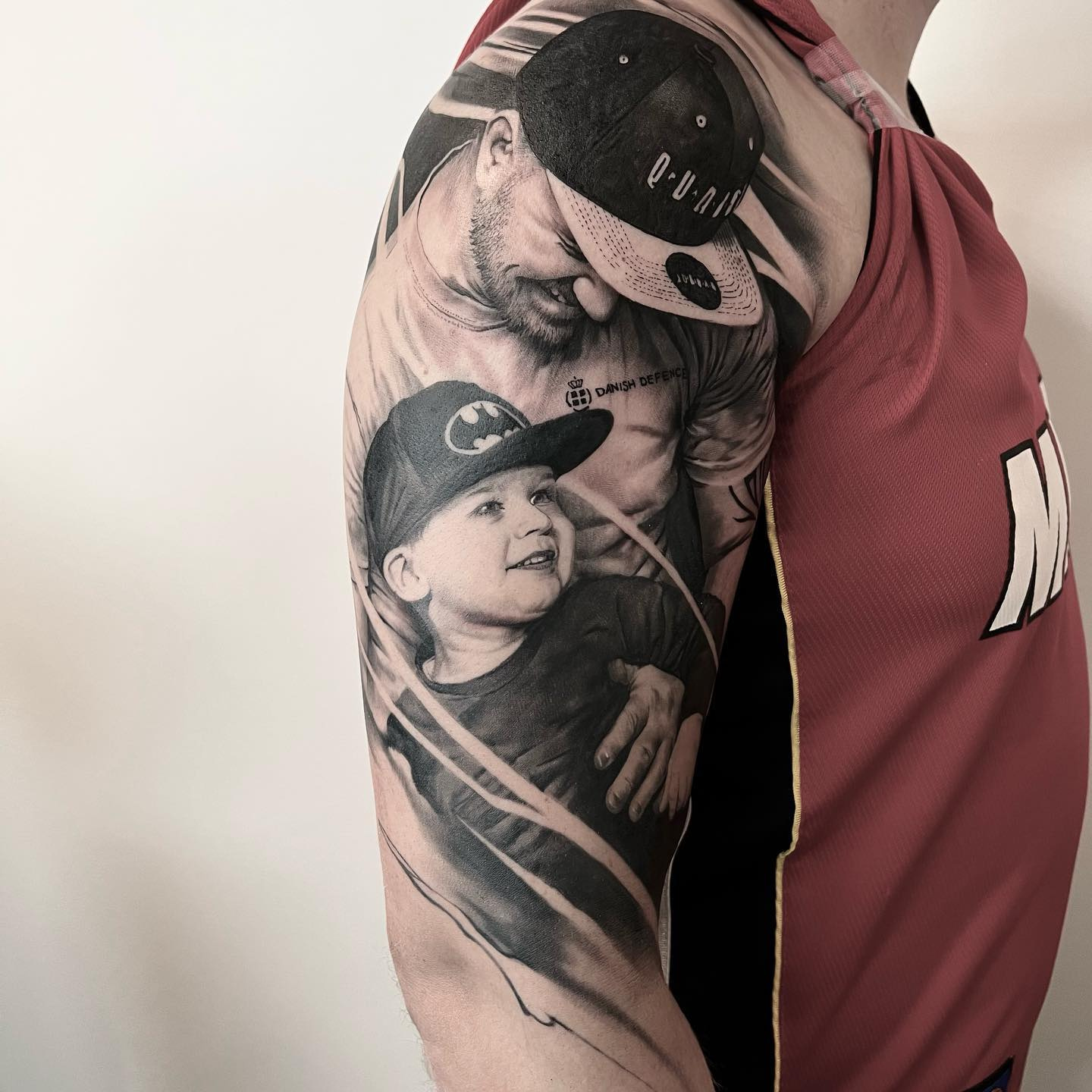
Como você descreveria seu estilo artístico, e quais técnicas você acha mais eficazes para alcançar seus resultados desejados?
- I would say I do two types of styles. One is classic portrait, and the other is where I get more artistic freedom to do designs. People often describe these as having a darker, more melancholy feeling that speaks to emotions rather than something that just looks nice. I would probably call it high-contrast abstract realism if I had to give it a name. I think that the high-contrast element is a technique in itself because, in everything I do, I try to find the contrast that creates balance in the design. For example, it could be the contrast between very smooth shading in the realism and a more textured, chaotic feeling towards the abstract. Or the contrast between having very detailed areas and some places where I use solid black or leave the skin completely free.
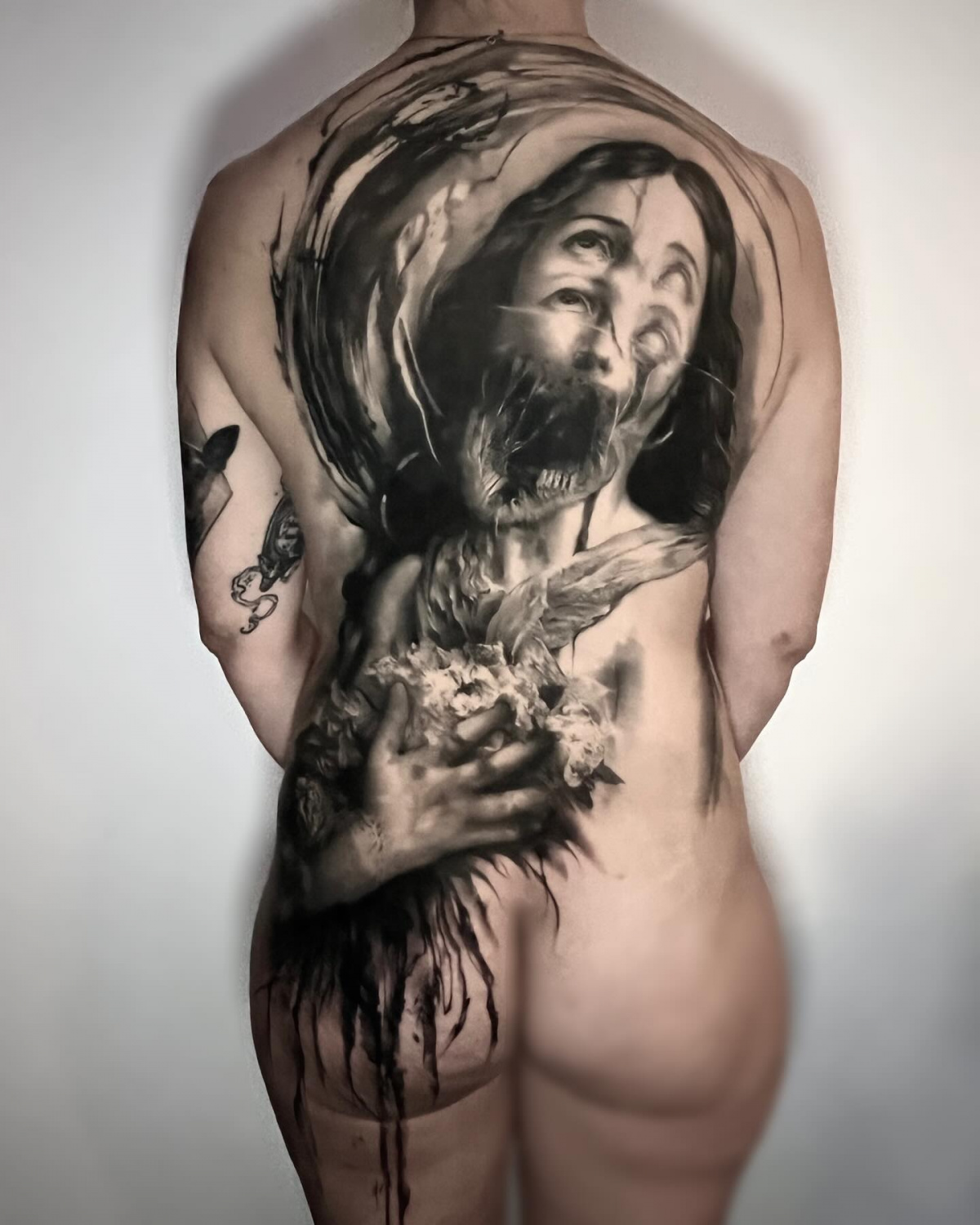
Are there specific artists or styles that have influenced your work? How do you incorporate those influences into your tattoos?
- Há tantos artistas incríveis no mundo, e nunca me canso de estudar e analisar as obras dos outros. Mas para destacar alguém específico, Kurt Staudinger tem sido uma grande inspiração e desempenha um papel enorme no que minha arte é hoje. Ele só tem a mente mais incrível quando se trata de abstração e contraste. Cada vez que olho para seu perfil, quero excluir todas as minhas fotos, recomeçar do zero e melhorar meu trabalho! Portanto, provavelmente uso pessoas como ele (e muitas outras) para me impulsionar.
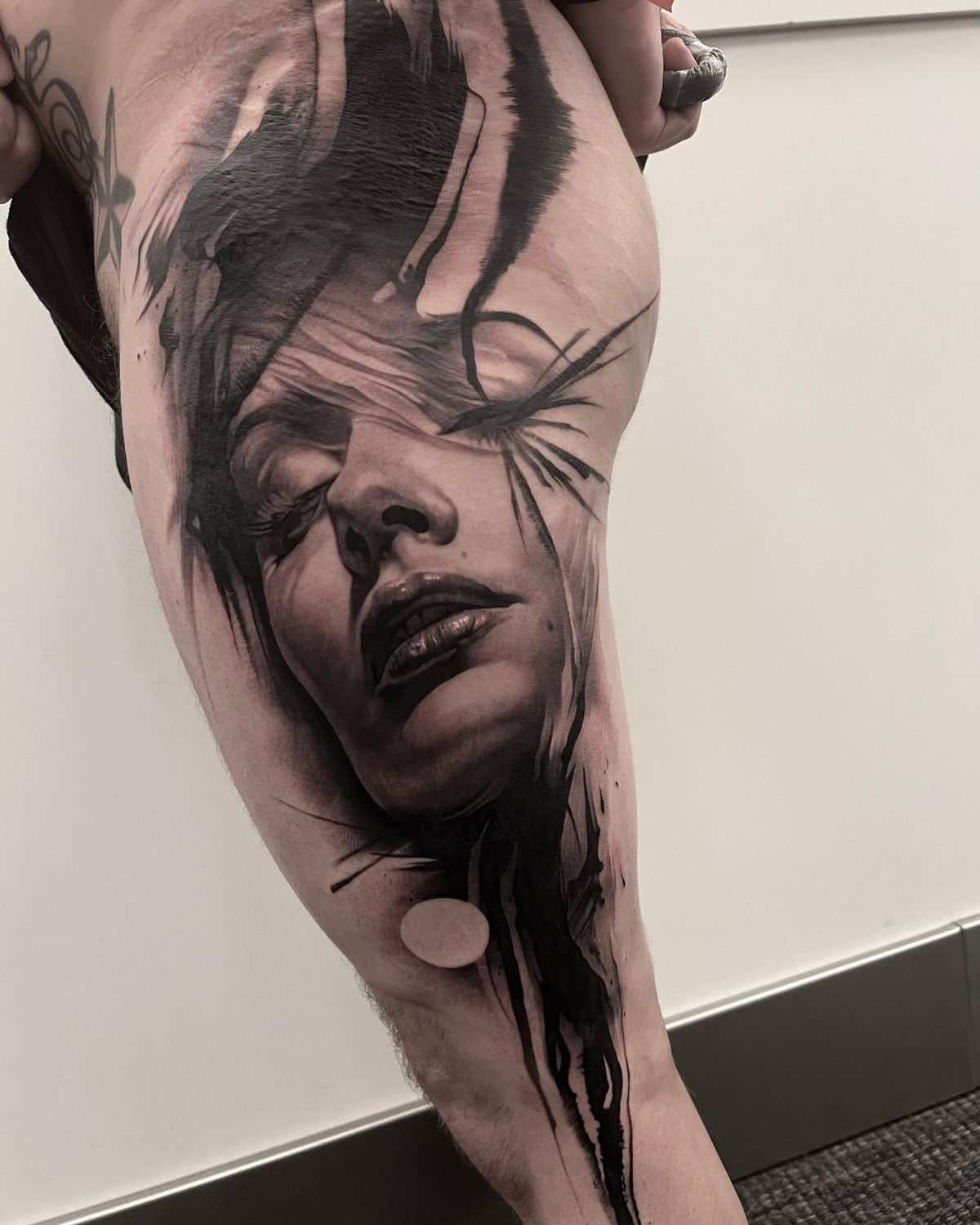
Você pode compartilhar um projeto ou tatuagem memorável que você completou que destaca sua carreira? O que o tornou especial?
- Fazer retratos de memória me deu a oportunidade de ouvir tantas histórias tristes e dolorosas. Mas acho que uma que me ficou na mente foi de um pai que fez uma tatuagem com sua filha de três anos, que estava lutando contra a leucemia. No final da sessão, a mãe entrou no estúdio com essa pequena menina, que orgulhosamente levantou a camisa para mostrar-me a tatuagem— um pequeno ponto no centro do seu abdômen porque ela estava recebendo tratamento de radiação. Portanto, essa tatuagem provavelmente não era mais especial do que outras tatuagens que eu já fiz, mas essa menina era! E acho que foi uma das primeiras vezes em que realmente percebi o quanto essas tatuagens significam para as pessoas e como podem ser usadas como mecanismo de enfrentamento em situações difíceis da vida. Isso me tocou muito.
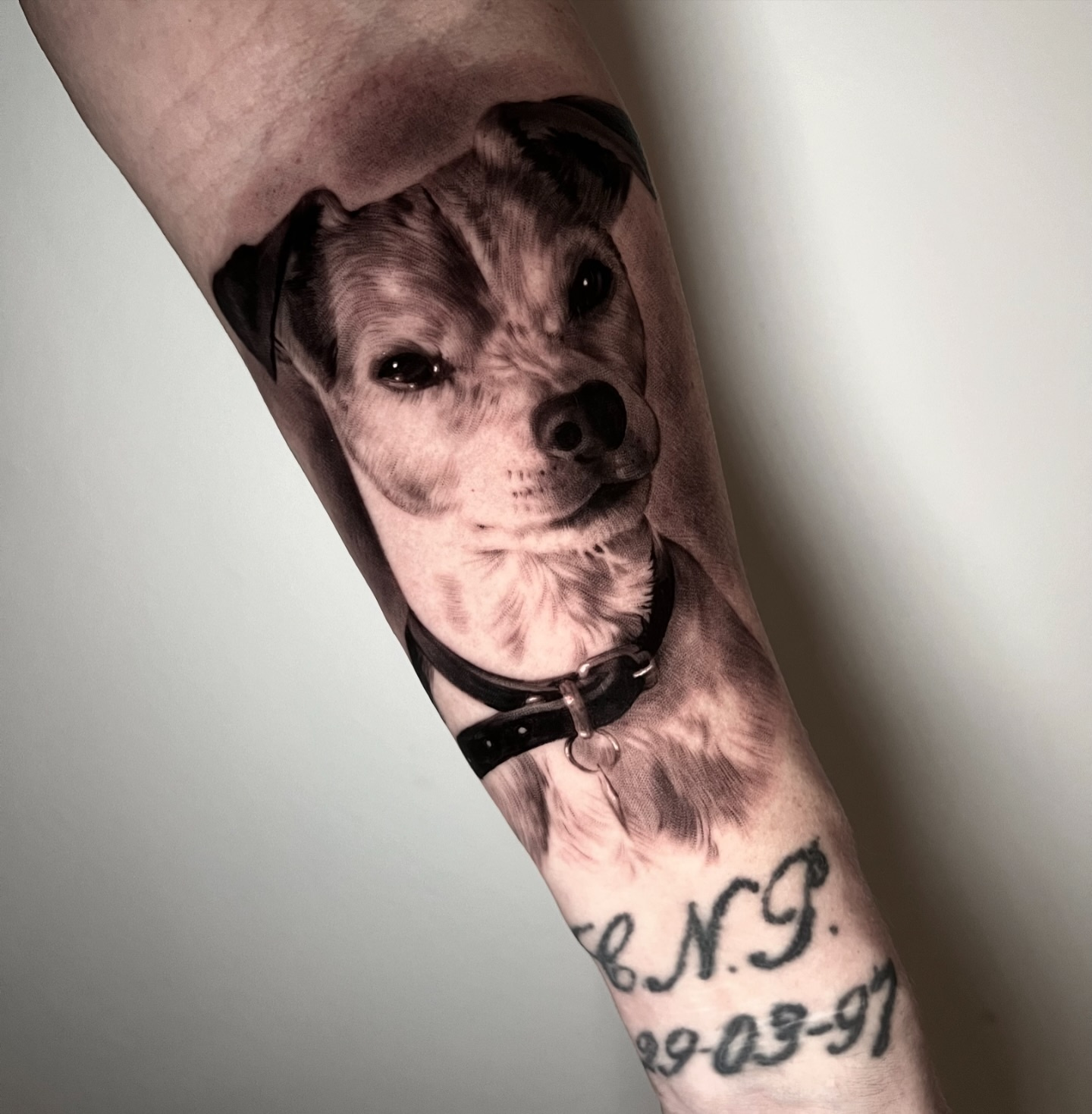
Quais desafios você enfrenta ao trabalhar em tatuagens de retratos detalhados, e como você os supera?
- I think the main challenge would be the reference photos people bring me. A lot of the time, when I explain to people how important it is to have the right picture to work from, they understand and do what they can. I have a collaboration deal with a photographer, so she knows exactly how I want the lighting to be, how I want the person facing depending on where the portrait is going to be on the body, and so on. But unfortunately, many times, when people come to get a portrait, it is of someone who has passed away. This, of course, means that we are restricted to the pictures they already have. I try to improve the pictures to the best of my ability, using everything from Photoshop to AI. But sometimes the tools I have are simply not enough, and I would rather turn the tattoo down or talk them into another type of memorial tattoo than do a bad portrait.
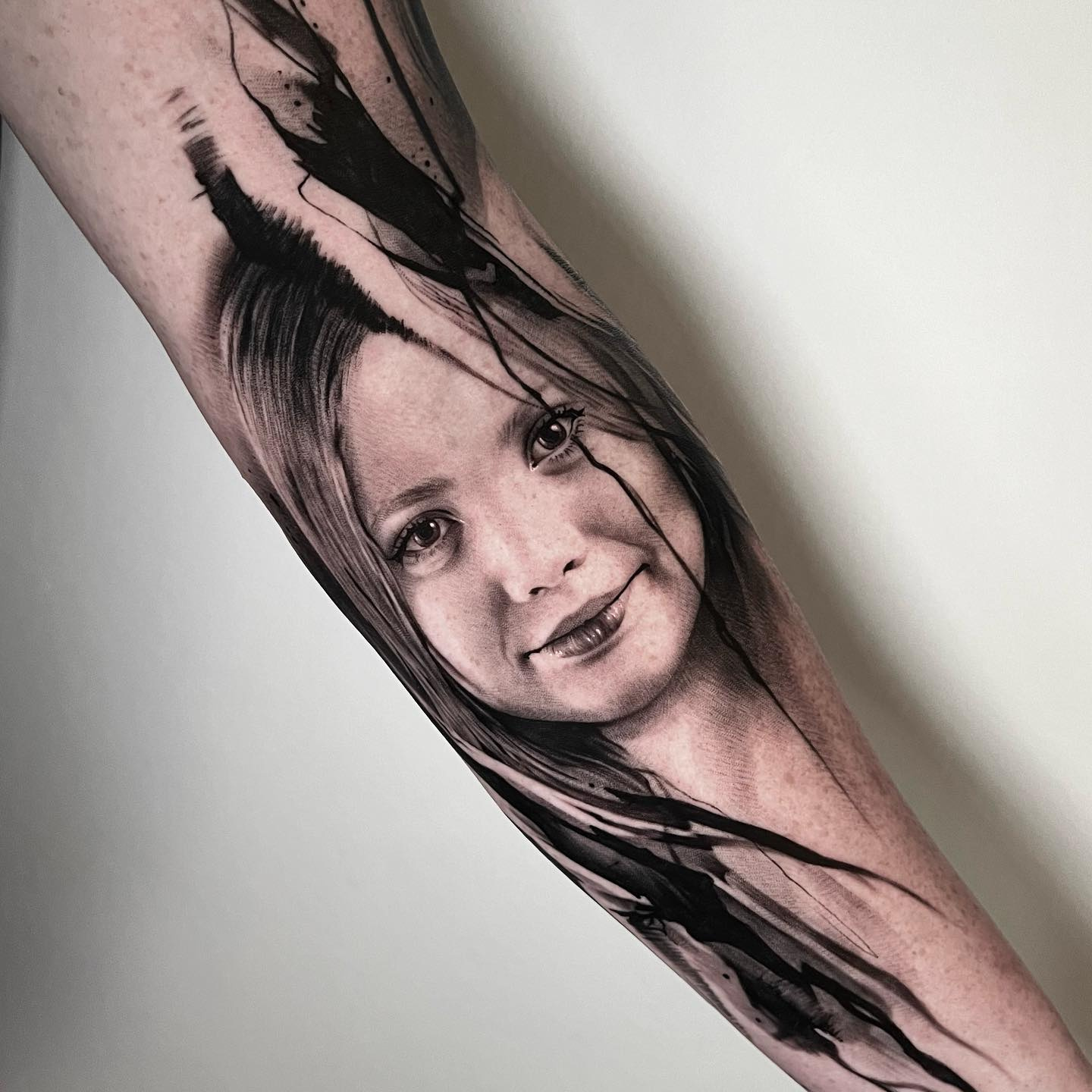
How do you ensure that your tattoos maintain their quality and detail over time?
- As I mentioned before, contrast is really important to me, and I also believe contrast is the best tool for making tattoos maintain their values over time. Also, I make sure to cut down to only the necessary details in areas where a lot is going on, to prevent the details from blurring together after many years.
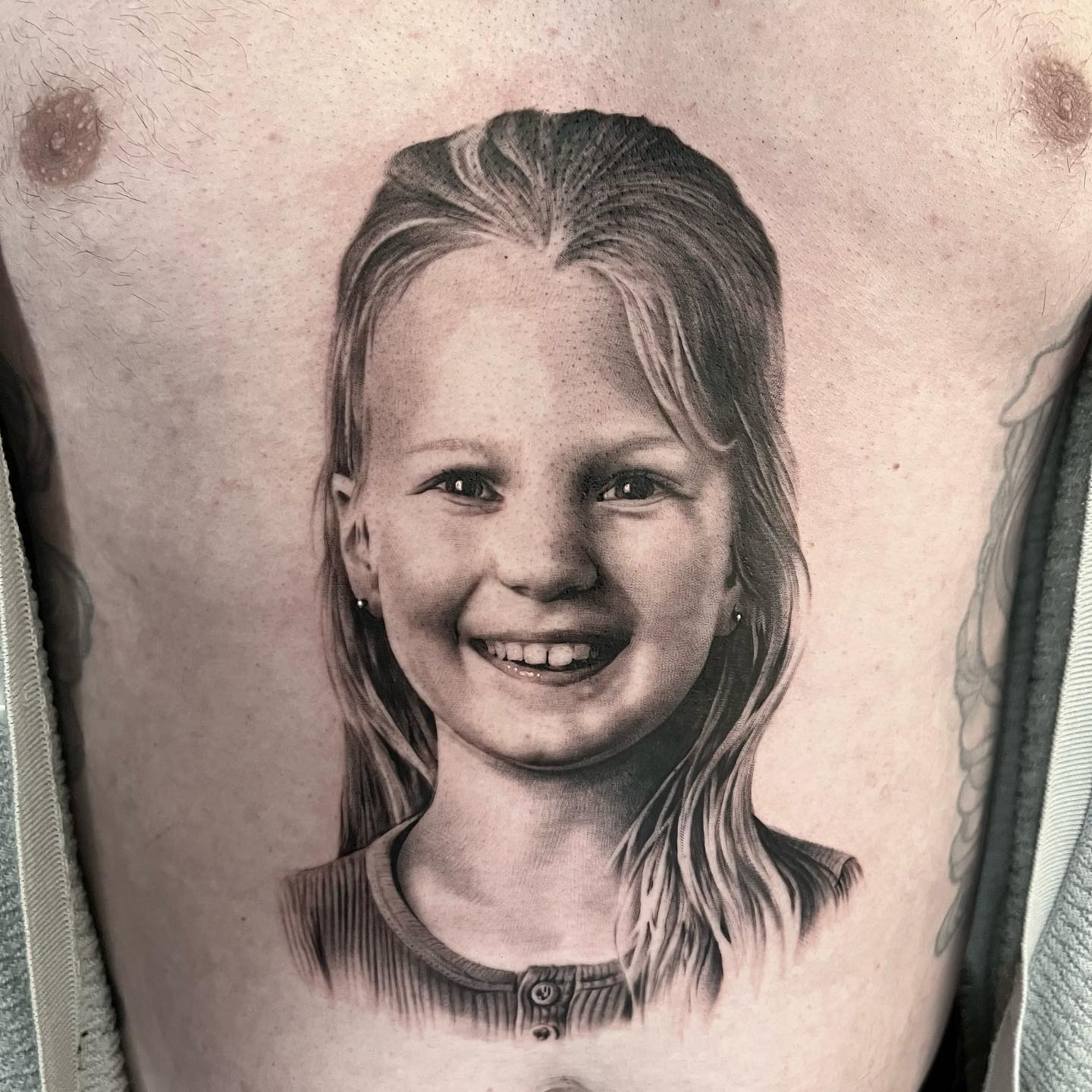
What role does lighting and shading play in your work, and how do you achieve that depth in your tattoos?
- It plays a massive role, and I try to analyze and study how I can manipulate light and shading to get as much depth as possible. I try to find reference pictures that have an interesting light source, creating shades on the face that will complement the design I have in mind. Then, on top of that, I manipulate the contrast of the photos even further to get the depth I desire.
Can you talk about any particular themes or subjects you enjoy exploring in your work?
- I know it’s a boring answer that probably a lot of people say, but I can’t avoid saying that I simply love doing faces! I don’t think I will ever get tired of doing faces. They are so complicated yet so simple at the same time, and they can express so many different emotions simply by manipulating small facial features. On a more themed basis, I love everything horror—not necessarily blood and gore, but more the subtle, understated dark sides of humanity.
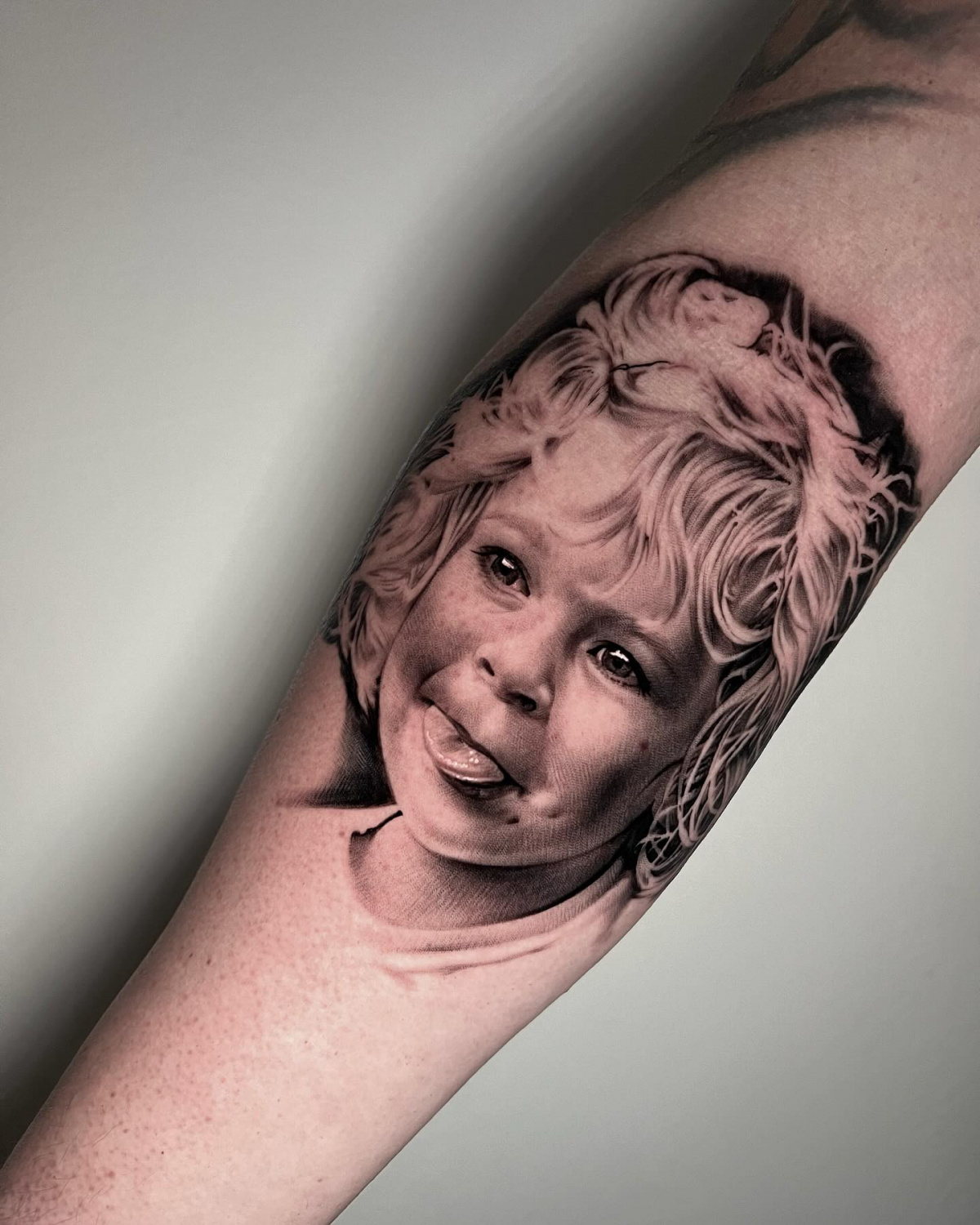
Como você equilibra sua visão artística com as preferências dos seus clientes?
- Estou em uma posição extremamente sorteada, onde os meus clientes frequentemente me dão muita liberdade criativa. Eles frequentemente me dão um assunto, tema ou sentimento que querem que o tattoo exprima, e o resto é para mim. Eu digo aos meus clientes que preferiria ouvir a história por trás do tattoo do que o que esperam que ele pareça. Isso me dá mais liberdade para estar no controle da referência e, assim, da visão que obtenho de suas histórias.
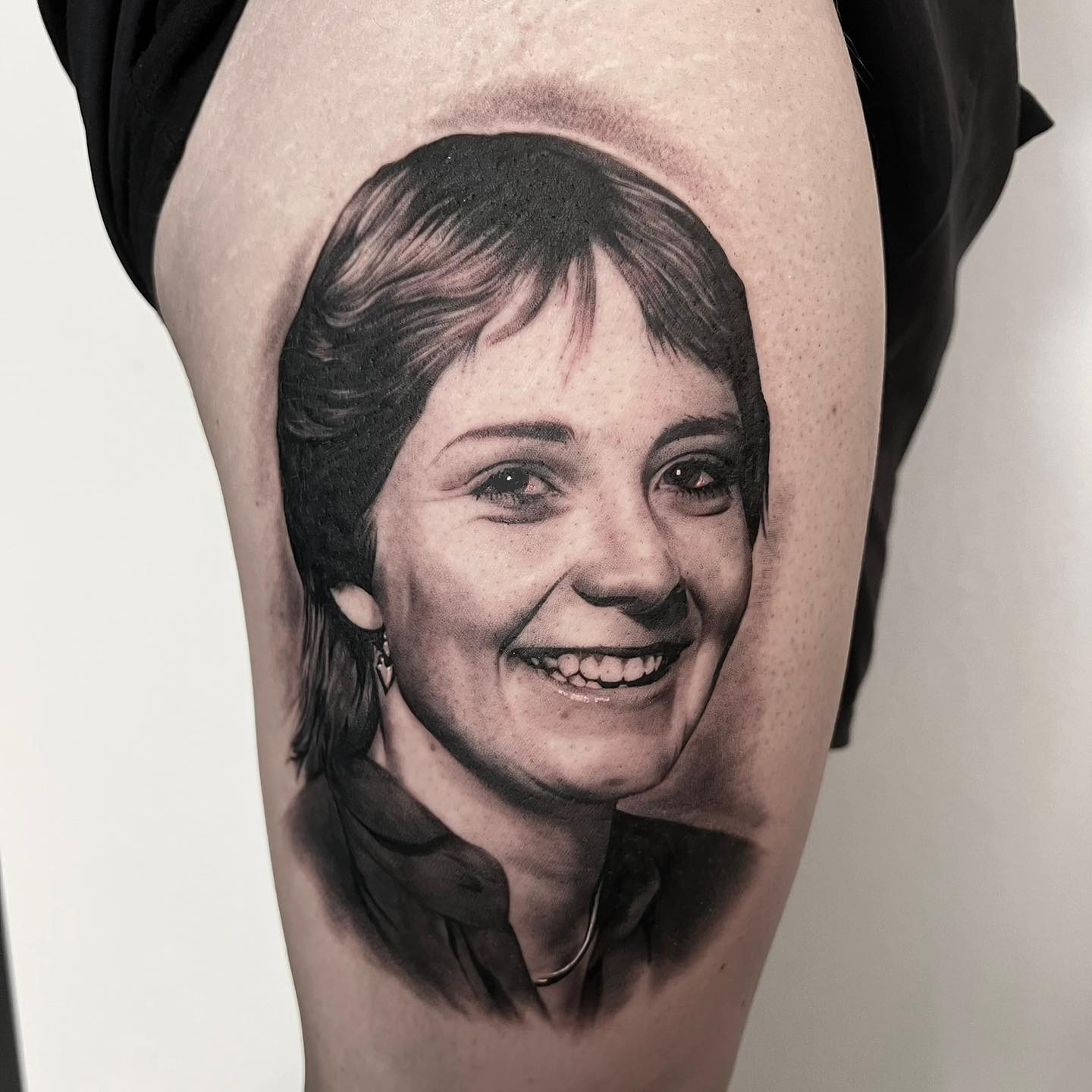
Como sua estilização evoluiu desde que você começou a tatuar, e o que você acha que contribuiu para essa evolução?
- No início, eu faria praticamente qualquer coisa que o cliente pedisse. Mas depois de dar à luz minha filha, desenvolvi depressão pós-parto. A vida virou de cabeça para baixo, e acho que meu mecanismo de coping foi criar designs que refletissem como eu me sentia dentro. Eles não eram realmente feitos para ninguém, mas ressoavam com muitas pessoas, e comecei a ser contratada para projetos que tinham um tom mais escuro e melancólico. Vivemos em uma sociedade onde muitas pessoas lidam com coisas como depressão, ansiedade, abuso, dependência e perda, para mencionar algumas. Ajudar essas pessoas a visualizarem seus sentimentos é algo que achei extremamente recompensador.
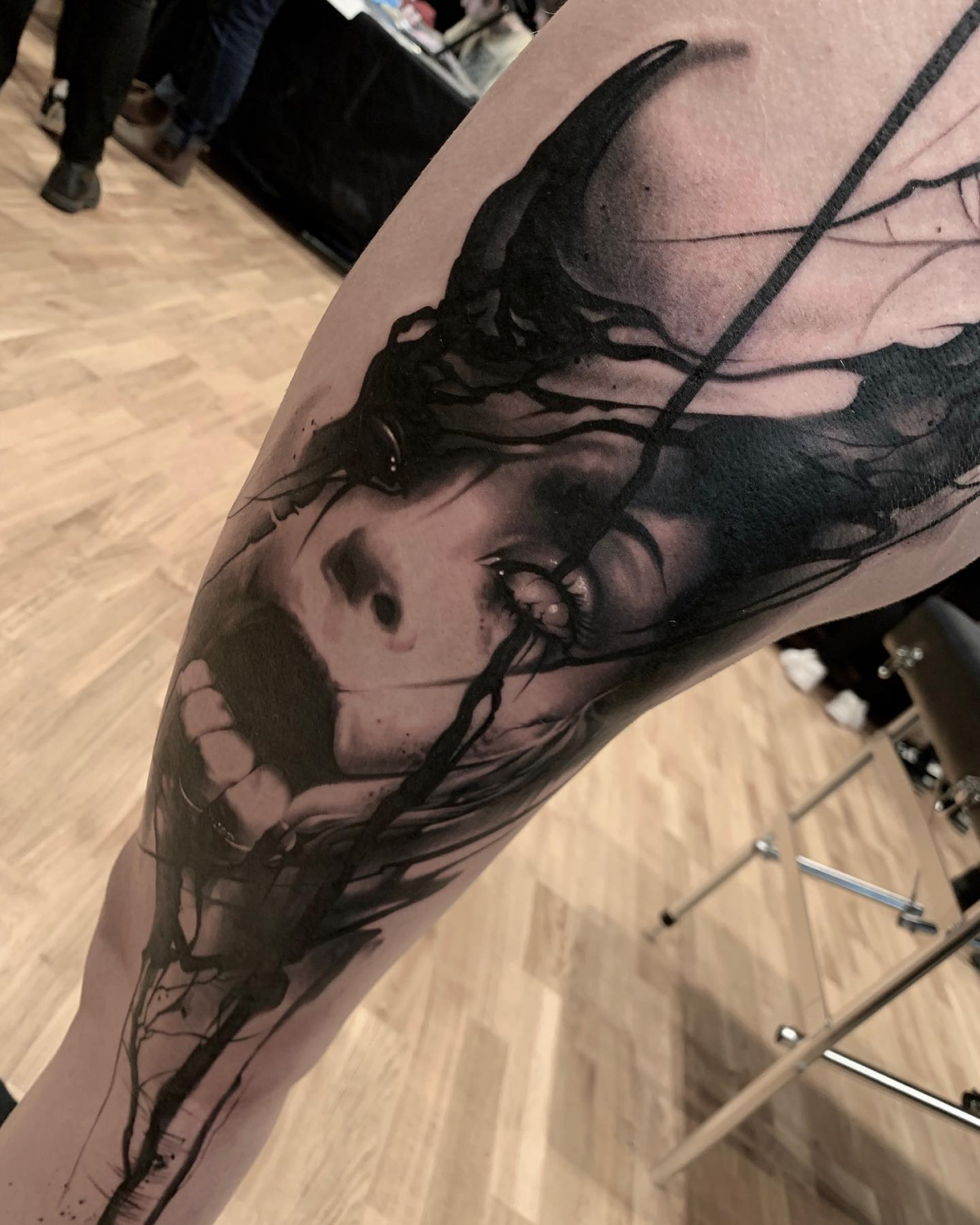
Onde você trabalha agora?
- Agora, trabalho em meu próprio pequeno estúdio privado em Odense, Dinamarca.
Aqui, o foco é o cliente, pois estou sozinho com ele no estúdio.
Queria construir um espaço seguro onde clientes de diferentes origens e histórias se sintam confortáveis para compartilhar livremente sem julgamento e sem interrupções.
You have participated in numerous conventions. What was that experience like for you?
- I think it’s super important to set yourself goals in your career, and for me, all of these “invite-only” conventions seemed so out of reach when I first started tattooing that they became a goal of mine. Only the best of the best got to attend, and it seemed like the biggest approval stamp you could achieve. So I started out by attending all the Danish ones. And I started winning prizes.
With time and dedication, I was fortunate enough to get accepted to some of the biggest and best conventions, like London, Le Mondial in Paris, Stockholm Ink Bash, Gods of Ink, and Milano.
Conventions have given me the opportunity to meet and work next to some of the most amazing and inspiring people in this industry and win prizes judged by some of my idols.
It has given me so much more confidence in my work and my style, and at the same time humbled me to my very core.
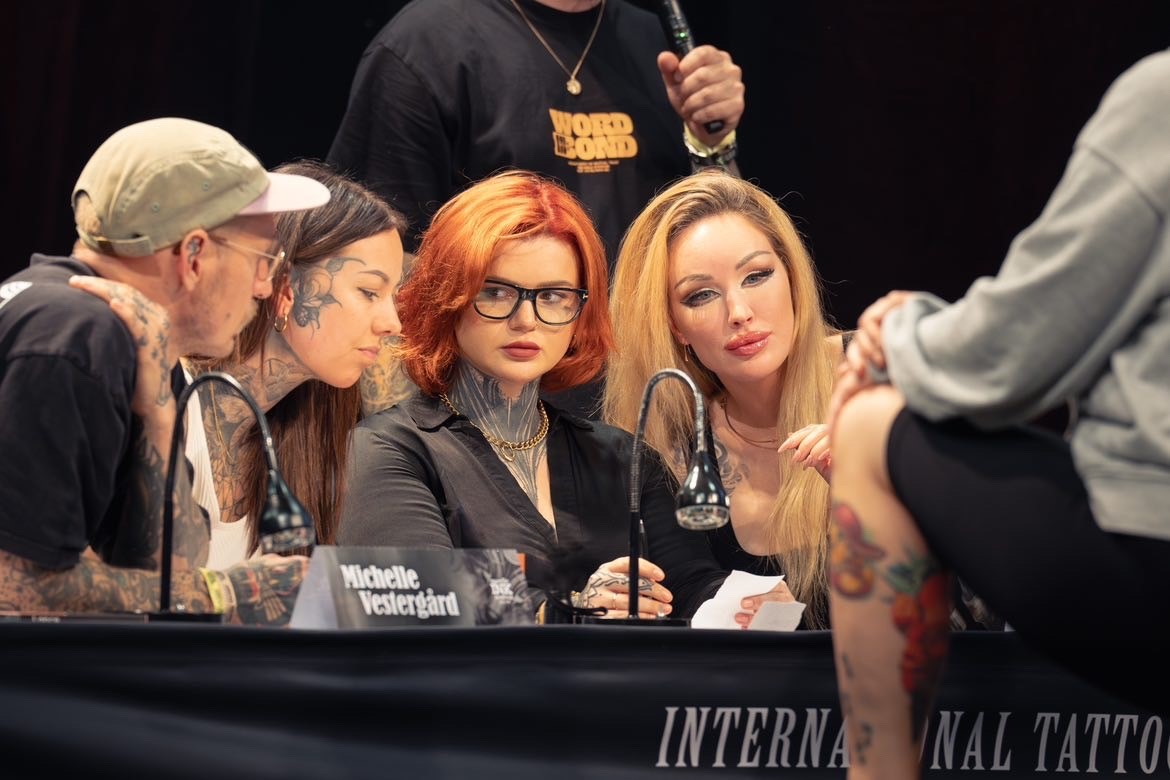
You're also sponsored by major brands in the tattoo industry. What does this collaboration give you? Are you able to influence the industry and the products these companies produce?
- I’m so thankful for brands like Cheyenne and Bheppo that trust me to represent them. I’ve always had the mentality that I only want to be sponsored by the brands and companies whose products I actually use and find to be the best for my technique and work.
Because I do have a lot of people asking me for tips on how I work, I can give them an honest reply and help them in the best way I can.
How do you stay motivated and inspired in your creative process, especially during challenging projects?
- I perform best under pressure, so if I find something challenging or have a hard time getting the design just right, I will postpone it until I have no options left. For some reason, this is when everything comes together. I don’t know why this is, and it can be stressful at times, but it works for me.
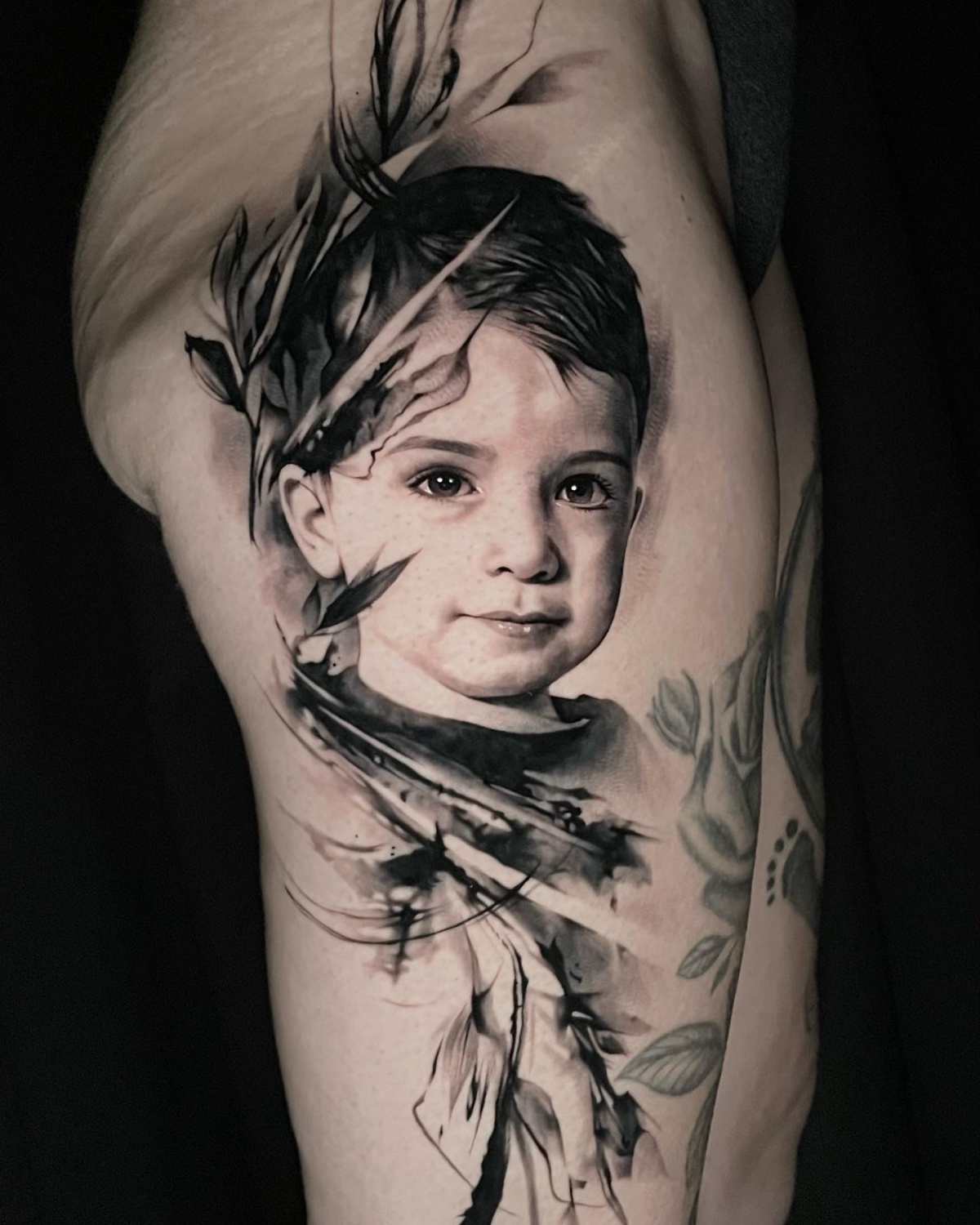
Also, I think your environment can either make you or break you. So being surrounded by other creative artists is something that I find a lot of inspiration in. But being the introvert that I am, I charge myself in my own company, and this is where I feel the most comfortable. For me, it’s about the balance between having my own private studio and prioritizing conventions.
Can you discuss any upcoming projects or collaborations that you're excited about?
- I’ve been working with my best friend Christian Boye on some collaborations, combining his and my styles into some bio realism. I’m really enjoying it, and I hope we get to evolve this style and do a lot more of it.
I would also love to work more with other artists and do more collaborations because it really pushes you into thinking differently than what you would normally do.
Many successful tattoo artists share their experiences with young tattooists. Do you conduct workshops?
- Seminars and workshops helped me out so much in my upcoming time, and still do; I don’t think we ever stop learning.
Whatever I can do to help the upcoming generation, I will. So I’ve done two seminars, and on the side, I offer private, one-on-one seminars where I sit with the artist for a full-day session and guide them through every step. These have been attended by artists of all levels.
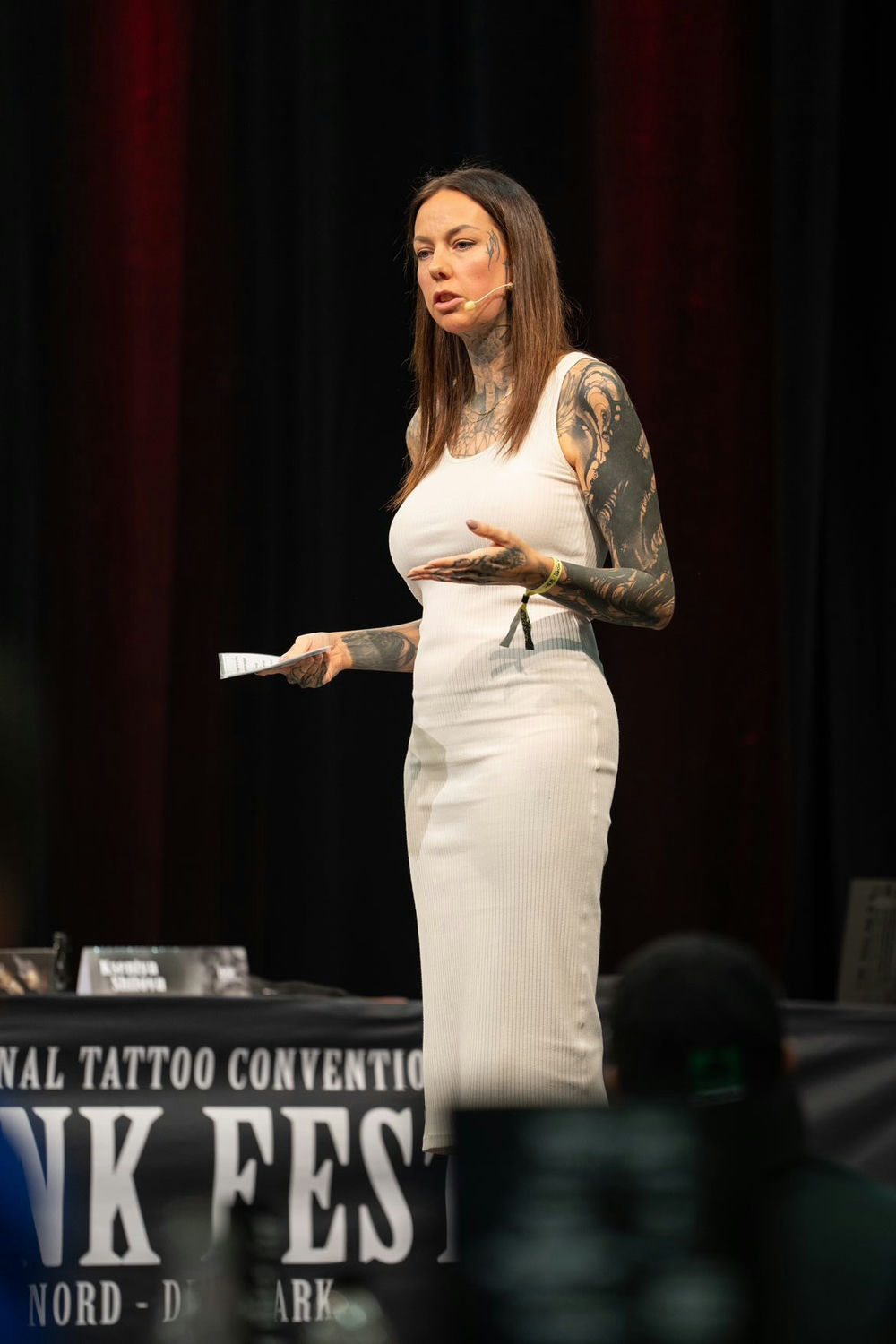
One thing that I’m particularly proud of is that I’ve been a judge at a lot of Danish conventions, and in collaboration with the organizers, we came up with a category I personally haven’t seen anywhere else. We have a category only for apprentices, where they can come up to the judges' table afterward and get constructive criticism. And I’ve been so humbled to see how willing to learn and grow these young tattoo artists are.
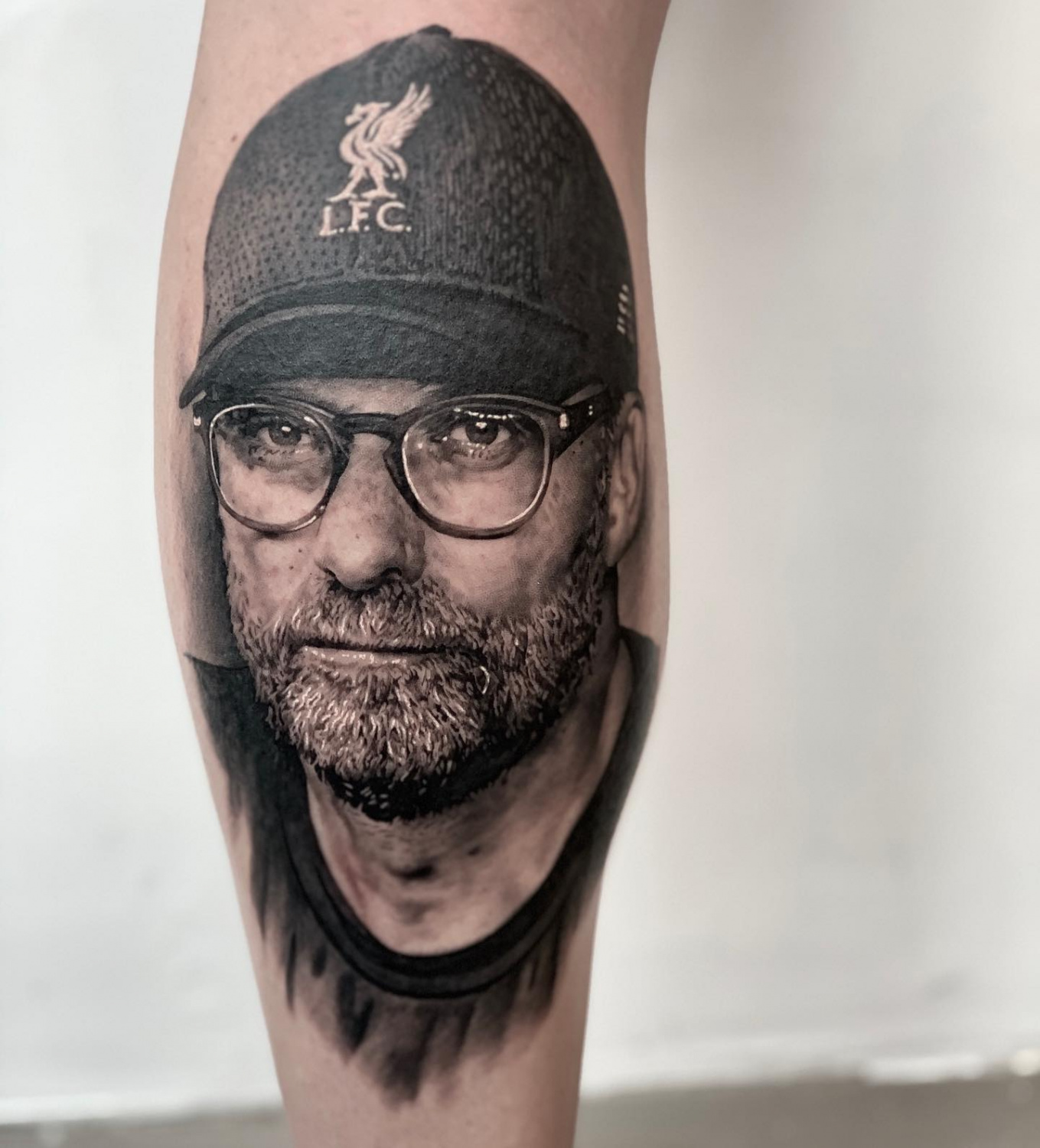
What has been the most rewarding aspect of your career as a tattoo artist so far?
- Honestly, tattooing has given me so much, it’s hard to highlight anything specific.
Small moments like winning Best of Day at Le Mondial in Paris and getting recognized for the hard work I feel like I’ve put into my career by the people that I look up to have made a huge impact on my personal self-esteem.
Porém, acho que ver os olhos e expressões dos clientes após receberem um tattoo com muita significância pessoal é onde realmente está a recompensa verdadeira.
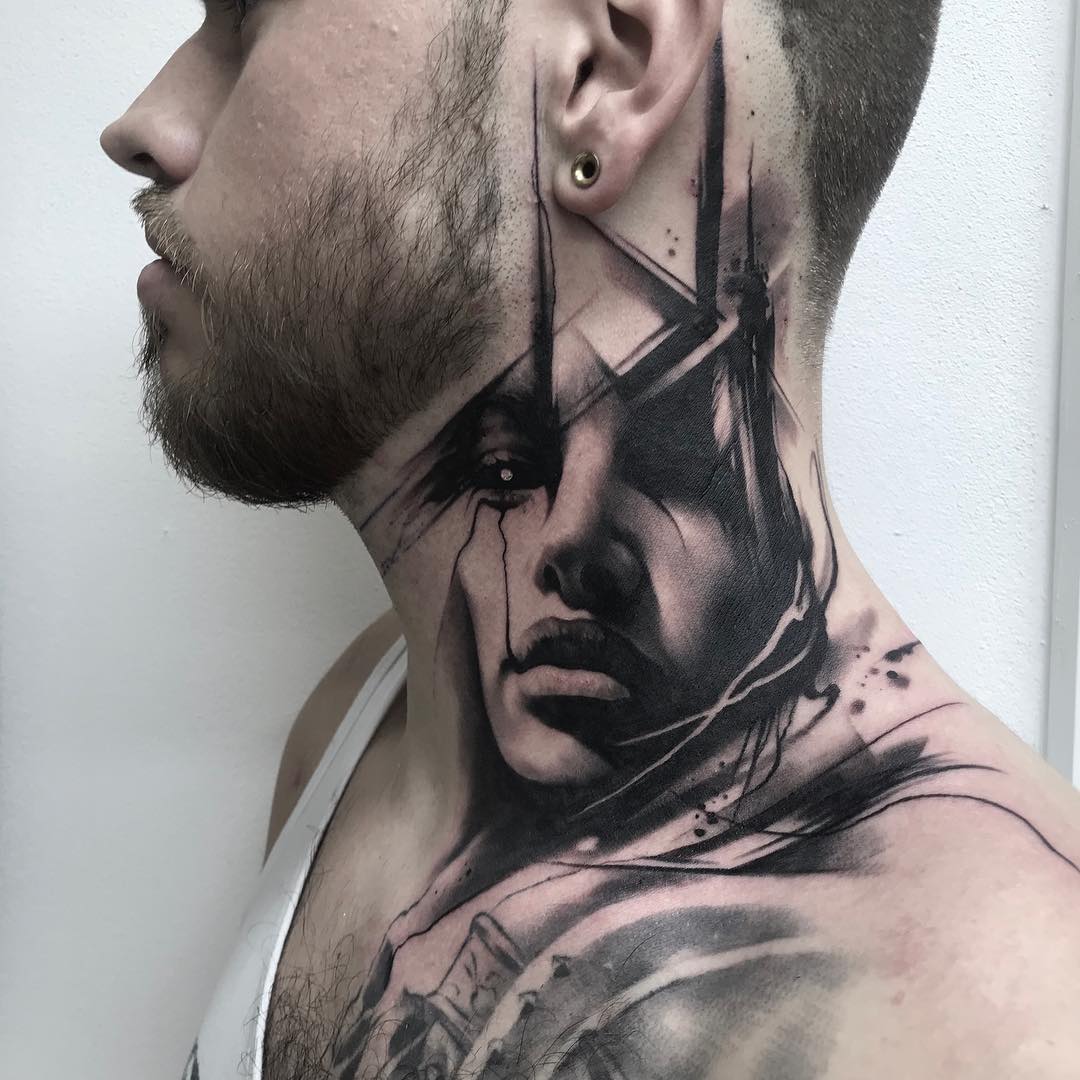
Como você vê sua jornada artística progredindo nos próximos anos e quais são seus objetivos a frente?
- Eu adoraria levar minha arte para os Estados Unidos e fazer apresentações e convenções lá.
Mas isso é um processo longo que exige um visto. Talvez no futuro eu tenha a oportunidade de trabalhar lá.
Além disso, eu adoraria fazer mais projetos de tattoo de corpo inteiro, onde o cliente viajaria conosco para diferentes convenções. Acho que isso seria um projeto realmente divertido, mostrando um lado diferente da minha arte.
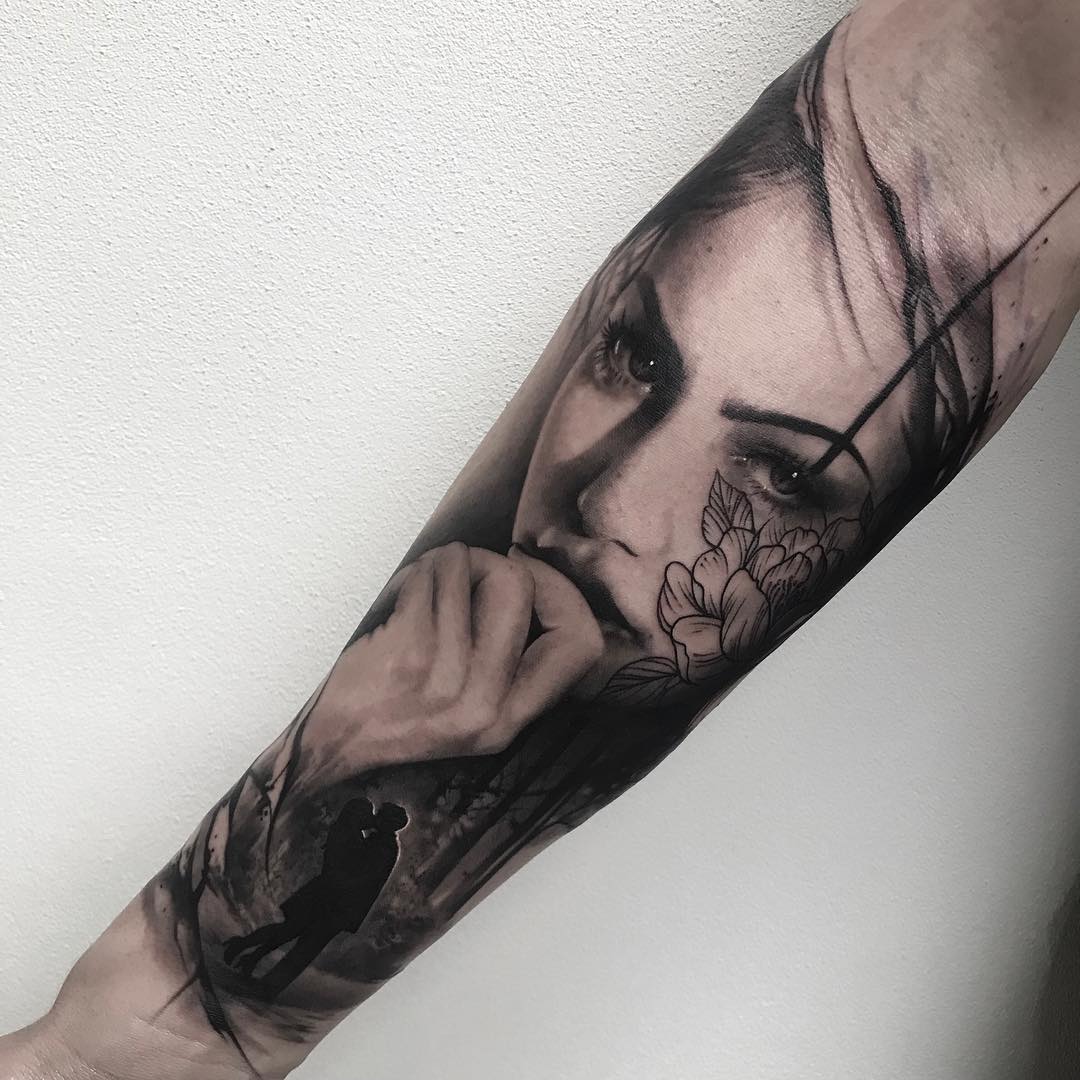
Qual conselho você daria a artistas de tattoo ambiciosos que querem desenvolver suas habilidades em retratos realistas?
- Eu diria que comece por se tornar confiante em retratos que não precisam necessariamente parecer alguém específico antes de passar para retratos pessoais.
Seja suficientemente respeitoso com o cliente para dizer não se você não estiver confortável com seu próprio nível ainda ou se a imagem de referência não for boa o suficiente para obter um resultado satisfatório.
Also, seek out artists that you look up to and admire, and try to learn from them. Get a tattoo from them, watch them work, or ask if you have questions. So many artists are so nice and would love to help, because somebody probably helped them when they first started.
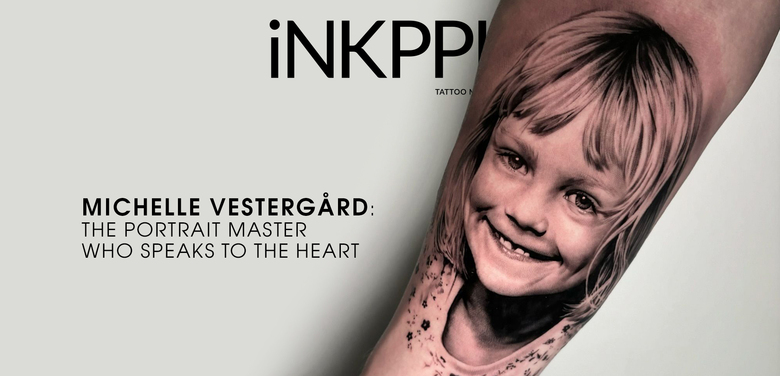

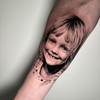
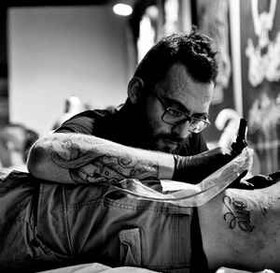
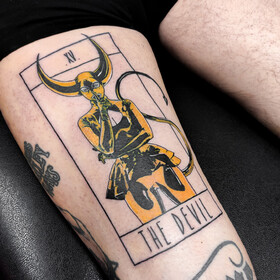
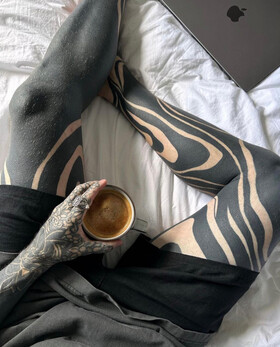
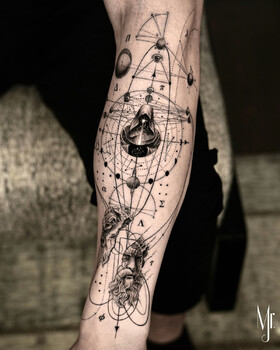
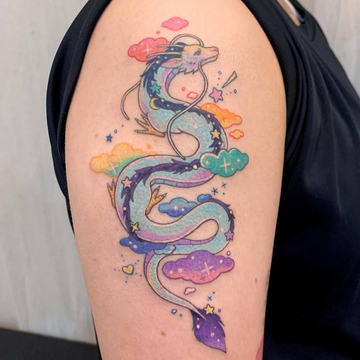
Comments (0)